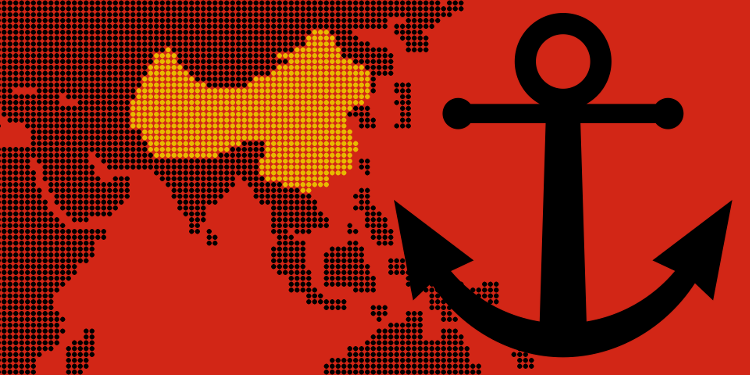China views Hong Kong as a doorstep between the world and largely otherwise closed China. This week, investment highways opened, allowing easier offshore investments in China’s bond market. At the same time, the world gets a glimpse into Chinese dealing through Hong Kong. Like the proverbial cat chasing the laser pointer dot—who never figures out what’s going on—Western culture’s action and interpretation will always confound the Chinese.
As the West believes, if you want to change the world map, you must ask the world’s permission first. It’s even the law China is bound to as a member of the UN. But, in Chinese culture, whoever makes an assertive move first will automatically scare everyone else in the room to ignore any other decorum, rules, or even laws, and accept the assertive party as the emperor of the room for the time being. Building artificial islands, installing military airport equipment, and telling everyone else to “GTFO” means the US should either be scared, or at least quickly attack. But, the calm, casual response of the US Navy, such as to have the lone destroyer USS Stethem conduct a “man overboard drill”, confuses and confounds the expected “cultural tidal gravity” of the Chinese.
The move wasn’t just provocative, as Beijing claims; it was an outright declaration of everything inches short of war.
Taiwan had its own waters incident. While the Chinese refurbished aircraft carrier—the Soviet era diesel-powered Ukraine-made carrier purchased by the Chinese to be no more than a “floating museum”—sailed through the Taiwan Strait, Taiwan-owned F-16s scrambled to shadow the voyage. But, parading a diesel aircraft carrier is not any show of strength in the mind of the US, but a show of unaware weakness yet also a show of progress and a “coming of age” psychology not to be ignored.
At least, that’s the perception.
South Korea’s new and moderate president met with Trump. What they met to talk about doesn’t matter as much as the fact that they met to talk. Moon thinks negotiation with Pyongyang is the answer. Reportedly, 77% of his people agree with him. He won’t back down on military, but he won’t expand it either. No one will accept status quo anymore.
So, money opened up this week in Asia and waking waters met more objection. The only reunification on the horizon is on a large peninsula just left of Japan.

